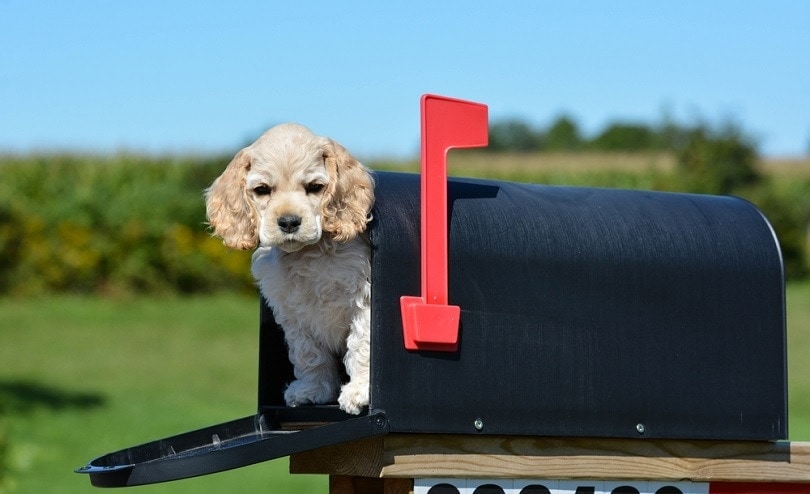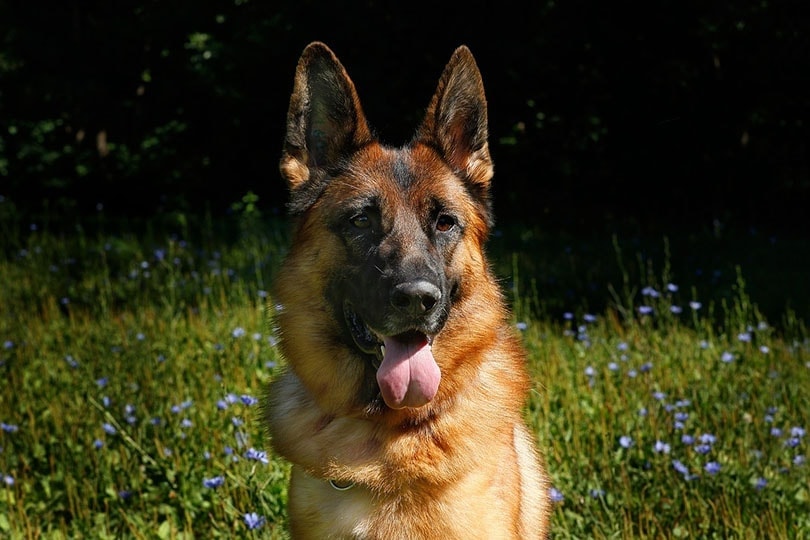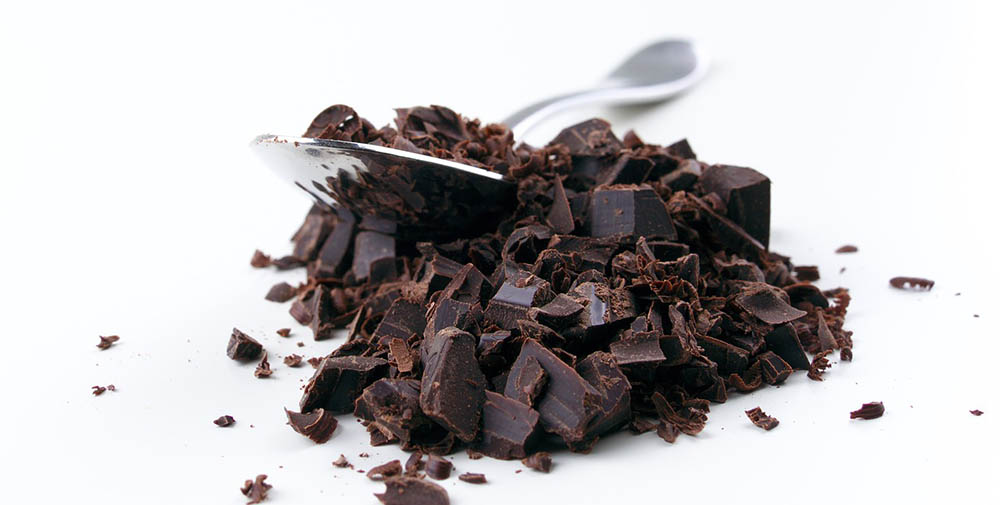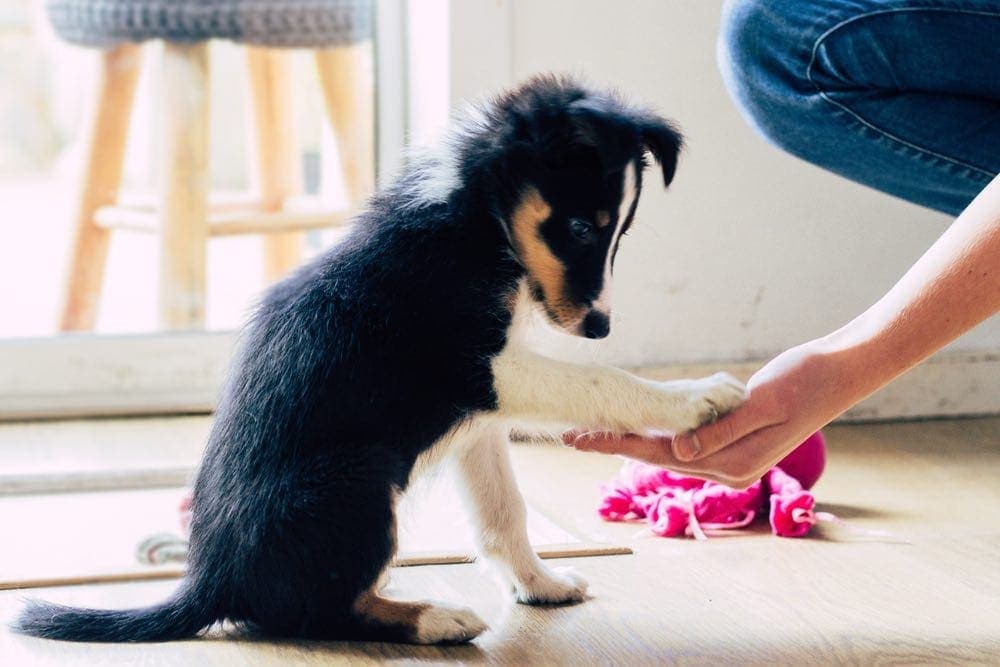Poodles come in all shapes and sizes; there’s the Standard, the Miniature, and the Toy Poodle. They are all fairly similar in temperament, but there are some differences between the 3 breeds. In fact, the American Kennel Club (AKC) lists each Poodle separately, but they are all technically the same breed. Both the Standard and the Miniature belong in the Non-Sporting Group, and not surprisingly, the Toy Poodle is found in the Toy Group. The Poodle is listed as the 7th most popular dog out of the 196 breeds acknowledged by the AKC.
The charts provided are meant to be an estimate, as not every puppy will reach the same goals for a variety of reasons. However, if you ever have concerns regarding the weight of your puppy or dog, do speak to your veterinarian.
 Poodle Facts and Sizes
Poodle Facts and Sizes
Poodles have always been associated with France, but did you know that they actually originated in Germany? They were used as hunting dogs and were essentially water retrievers for waterfowl.
All three sizes of Poodles are highly energetic dogs that need a great deal of exercise, and they love the water. They are also considered one of the most intelligent breeds of dogs and make very successful service dogs as well as therapy and guide dogs.
Another distinct advantage of owning a Poodle is their hair. Poodles do not generally shed, which makes them hypoallergenic and, therefore, they can be great dogs for allergy sufferers. The Poodle is a confident, active, and people-oriented dog who wants to please her humans and prefers to be treated with respect.
The average size of a Standard Poodle is 40 to 70 pounds and over 15 inches in height. The Miniature is 10 to 15 pounds in weight and 10 to 15 inches in height, and the Toy is a tiny 4 to 6 pounds in weight and isn’t usually any taller than 10 inches.
We will now look in-depth at the typical weight and height charts of the Standard, Miniature, and Toy Poodles.
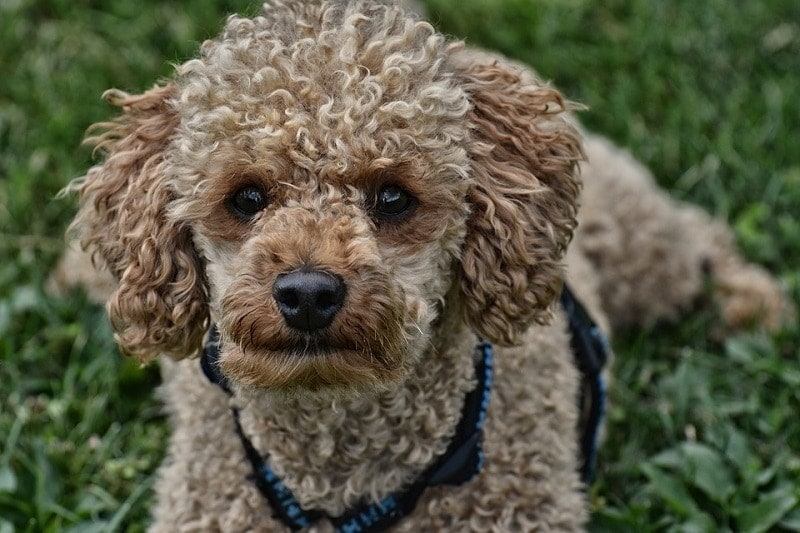
 Standard Poodle Puppy Growth and Weight Chart
Standard Poodle Puppy Growth and Weight Chart
Weight Range
Height Range
8 weeks
7 – 10 lbs
12” – 13”
3 months
15 – 18 lbs
15 – 17”
6 months
30 – 40 lbs
19 – 23”
9 months
40 – 50 lbs
23 – 24”
1 year
45 – 70 lbs
24 – 27”
2 years
45 – 70 lbs
24 – 27”
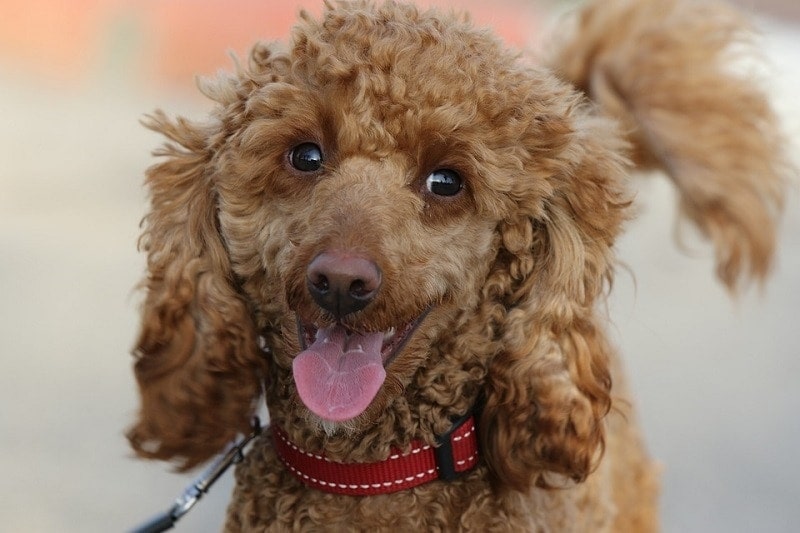
Birth Weight
2.5 oz
3 oz
3.5 oz
4 oz
4.5 oz
5 oz
5.5 oz
6 oz
6.5 oz
8 weeks
11
16
19
21.5
24
29
33
36
39
3 months
15
22
26
30
33
41
45
49
53
6 months
27
40
47
53
60
73
80
87
94
9 months
29
45
50
62
68
85
94
100
110
1 year
2 lbs
3 lbs
3.35 lbs
4 lbs
4.5 lbs
5.5 lbs
6 lbs
6.5 lbs
7 lbs
2 years
2 lbs
3 lbs
3.35 lbs
4 lbs
4.5 lbs
5.5 lbs
6 lbs
6.5 lbs
7 lbs
When Do Poodles Stop Growing?
The Standard Poodle will grow continuously for the first year of her life, but after turning 1, she will stop growing in height but will fill out in weight. This weight gain occurs around their middle, and they won’t look quite as skinny as they did previously. This increase in weight should take about 6 months. By 18 months of age, the Standard Poodle is usually at her maximum weight and height.
Smaller breeds tend to grow into their adult size much faster than the larger breeds. The Toy Poodle might gain her mature height and weight as early as 5 to 6 months. However, the average for Miniature and Toy Poodles to physically mature is 7 to 8 months.
Mental maturity usually takes a little longer. The Toy Poodle is considered an adult at 1 year, the Miniature at 1½ years, and the Standard at 2 years old. Of course, some dogs might be adults but will remain puppyish in behavior for their entire lives.
How Does Neutering/Spaying Affect My Dog’s Growth?
Studies have found that neutering or spaying a puppy can actually affect the puppy’s growth. If the puppy is spayed or neutered too early, it can contribute to an increase in how long it takes for the puppy’s bones to grow, which can also mean having a taller dog. The concern is that this increase in growth might also impact negatively on the dog’s joints, so early spaying and neutering should be avoided.
Unfortunately, these studies have not yet determined the right age, but it is recommended to wait until your dog has reached full skeletal growth, particularly large breeds, before spaying or neutering.
Dangers of Growing Too Quickly or Stunted Growth
If you end up overfeeding your puppy, some health concerns can include obesity, hip dysplasia, abnormalities in the skeleton, and osteochondrosis. This will cause pain and difficulty walking as your puppy becomes an adult.
On the other side, if your puppy is suffering from stunted growth, it could result from roundworms or hookworms, or she might have a liver shunt, all of which are detrimental to your puppy’s health. It’s essential to track your puppy’s height and weight and if she doesn’t appear to be growing at an average level (too much or too little), speak to your vet so you can both figure out what is causing the problem and treat it.
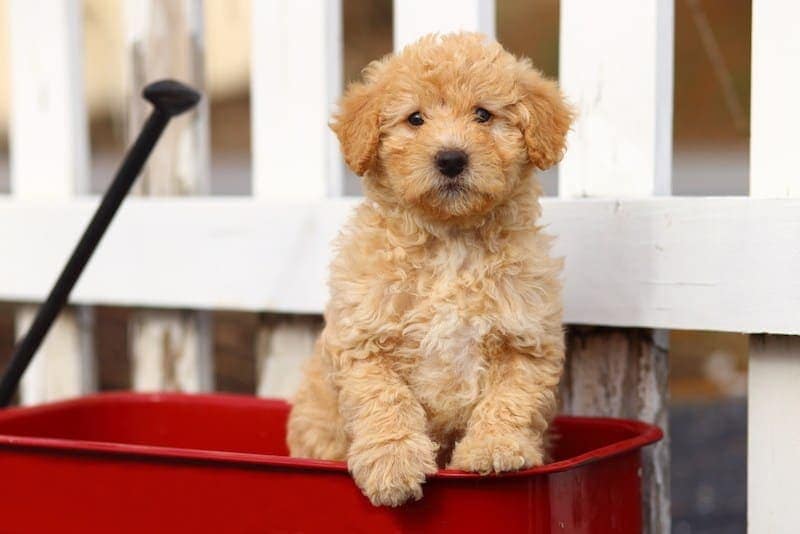
Nutrition for Growing Poodles
The Standard Poodle is larger than the Toy and Miniature and will require larger amounts of food. If your Standard Poodle puppy is 8 weeks old, you should feed her multiple small meals every day, as much as 4 meals per day that can be decreased to 3 meals per day by the time she’s 10 weeks. Follow the guidelines on the back of the dog food bag for the amount you should feed her over the course of the day.
These same rules apply to your Toy and Miniature Poodle puppies. When you settle on the food for your puppy, follow the food bag guidelines for the amount you should feed your puppy every day. Ensure your puppy always has access to water and chart your puppy’s growth and weight and see your vet if you’re concerned about her weight.
 Conclusion
Conclusion
Overall, you’ll want to see steady growth with your Poodle, regardless of her size. Following the charts and creating your own chart to keep track of how she is growing should go a long way to ease any worries you may have. All puppies will have growth spurts and times when it seems to slow down, but this is a normal part of puppy development. As long as she doesn’t seem too skinny or too fat and she’s playful and happy, you’re taking good care of your new puppy.
Featured Image Credit: carah_, Pixabay
Source: Best Poodle

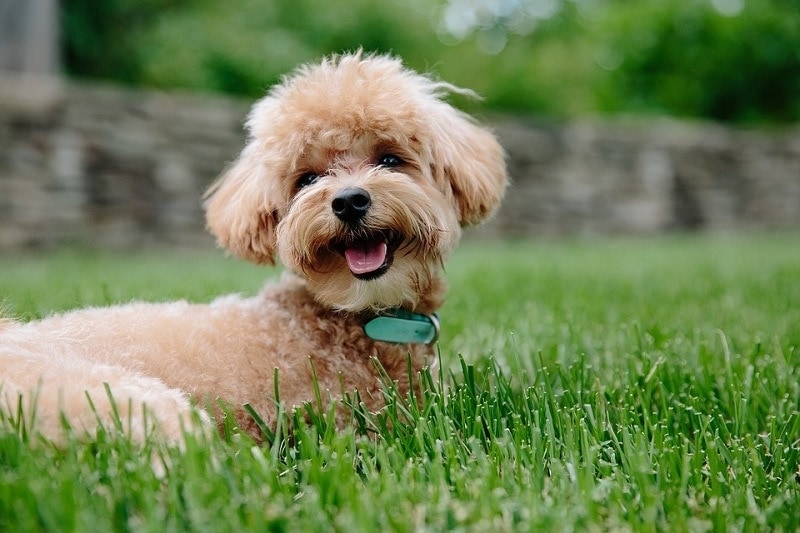
 Poodle Facts and Sizes
Poodle Facts and Sizes Standard Poodle Puppy Growth and Weight Chart
Standard Poodle Puppy Growth and Weight Chart
 Conclusion
Conclusion
